In the most recent post I discussed how difficult it is for cyclists to recover damages for crashes that occur ON trails. This difficulty extends to cases where the cyclist is struck by a motorist while CROSSING a roadway while on a trail.
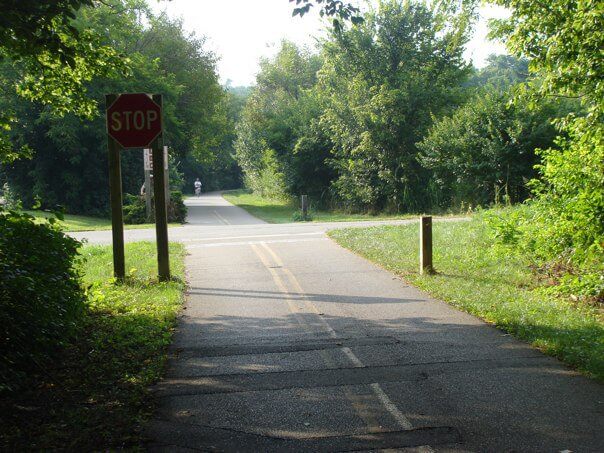
Here’s a typical crossing. As the cyclist approaches the roadway crossing there is a Stop sign. This one is 50-75 feet ahead of the crossing. It’s also buried in the shadows and difficult to see. This crossing is signed like a Road/Road intersection even though it’s not that at all. Rather, these trail crossings should be treated as CROSSWALKS because they are designated crossings for pedestrians, cyclists, skateboarders, wheelchair users, horseback riders and whoever else might be using the MUP…
What’s a MUP, you ask?
A MUP is a Multi-Use Path… it’s not a “bike road” and it’s not a “bike trail” but ALL “trails” in Ohio that I am aware of are MUP’s… they can be used by anyone, not just cyclists. They’re basically sidewalks in the woods…
What’s the impact of this MUP thing?
Well, by turning the “crossing” into a “crosswalk” we can look to the Pedestrian Laws in Ohio for guidance when someone is hit by a car while crossing the road in a crosswalk – even though the “crossing” involves a “bike trail…”
Hmmmm… it’s getting confusing already…
Read On!
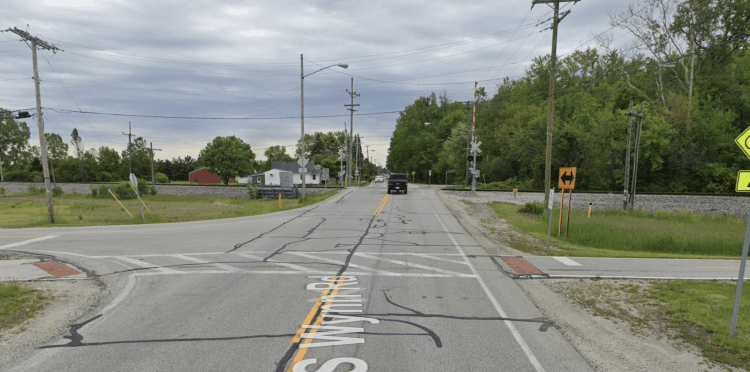
Great…er… wait…
Unfortunately… those laws are difficult and confusing… I’m working on an article called “The Law of Walking Around” but here’s the “short” story…
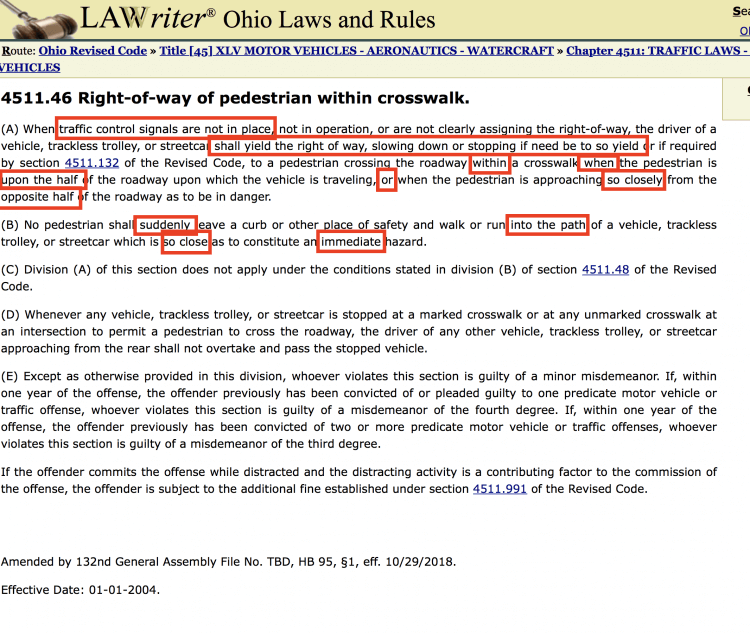
What do we see here? A rather complex operation of law which, from the title, would lead one to assume the someone within a crosswalk has a LOT of legal protection, eh?
Well… maybe… maybe not… it’s all about how you… or a judge/jury … goes about solving a very complex math problem…
Wait… What? But you HATE math, right?

So let’s break down the statute first – Ohio Revised Code Section 4511.46.
First, it applies “when traffic signals are not in place…” So if there is a light at an intersection & those nice little WALK/DON’T WALK signs are lit then those “traffic signals” control the Right of Way equation.
I mean…that’s EASY right?
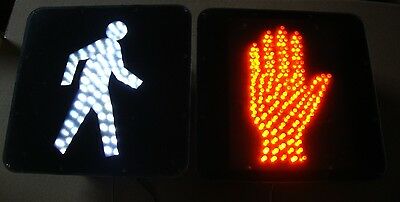
In fact, that sentence is pretty sweet. Where these controls are in operation or where they are not clearly assigning the Right of Way, the MOTORIST has a legal duty to: YIELD the ROW by SLOWING DOWN OR STOPPING. In fact, if the law ended there, I’d be pretty happy…but it doesn’t…
In fact, most motorists are completely UNAWARE that a “crosswalk” can exist even if it is not painted on the ground… there is a crosswalk that provides protection for pedestrians at EVERY road/road intersection in Ohio whether it’s painted on the ground or not…
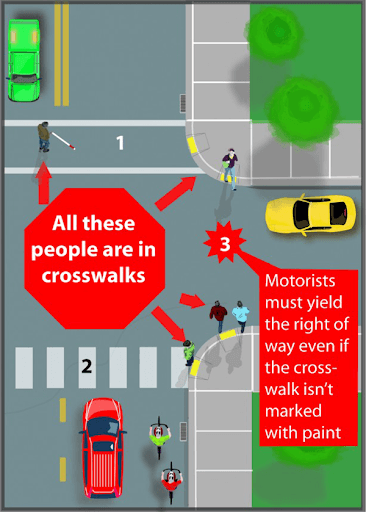
In the typical Trail/Road intersection the crosswalk is painted… or even raised and bricked, as this one is in downtown Loveland at a major crossing.
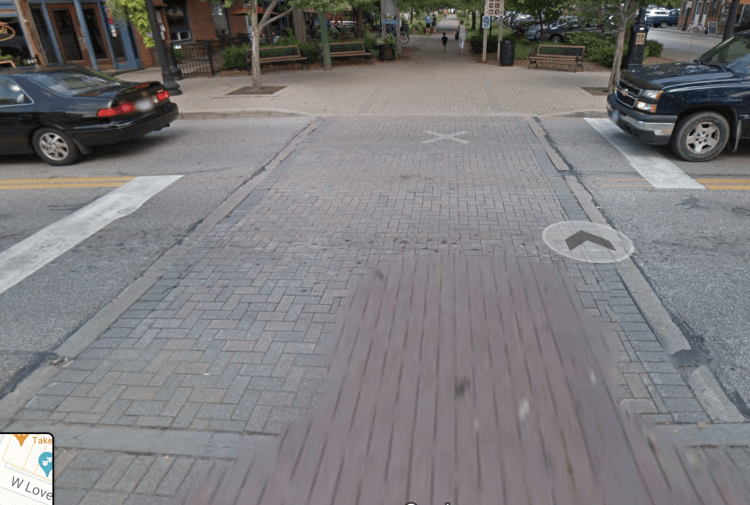
Some are striped more aggressively and some have signs warning vehicular traffic of the trail & crosswalk.
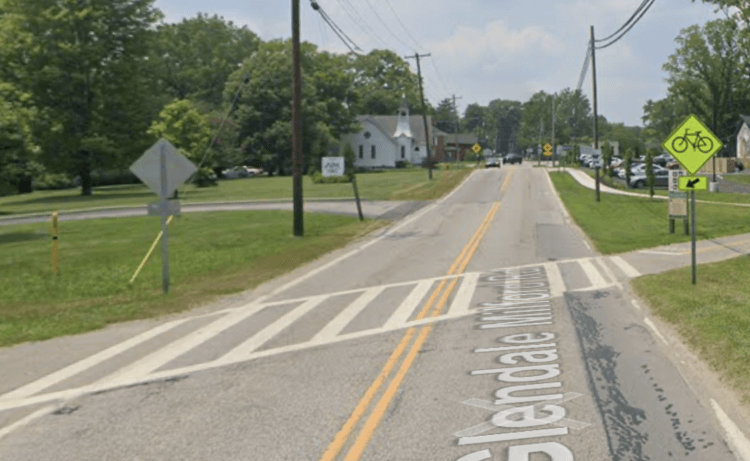
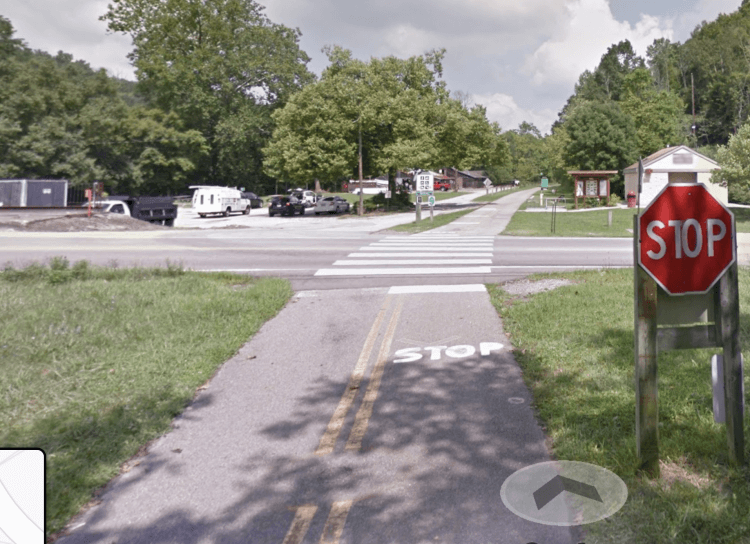
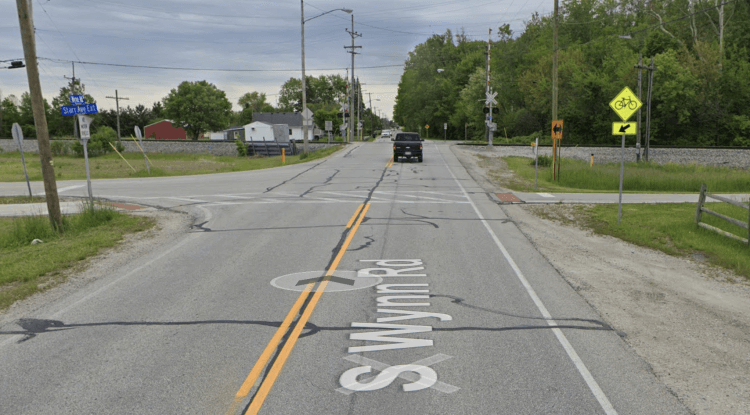
As you read further into the crosswalk law you find that this duty on motorists to yield/slow down/stop ONLY applies when the pedestrian is “WITHIN” the crosswalk… NOT when they are “entering” or “about to enter” or “trying to enter” the crosswalk.
This is what I’ve long called “The Blanche DuBois Rule.” If you WANT to enter a crosswalk on a busy road, you have “rely upon the kindness of strangers” and hope someone lets you in! You have no right to enter automatically, as discussed below…
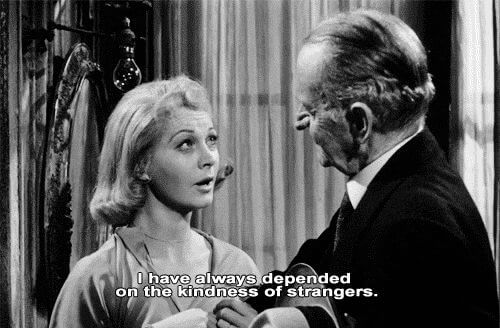
And what about those Bike Trail Stop Signs?
This one is on the Little Miami Bike Trail north of Loveland, Ohio.
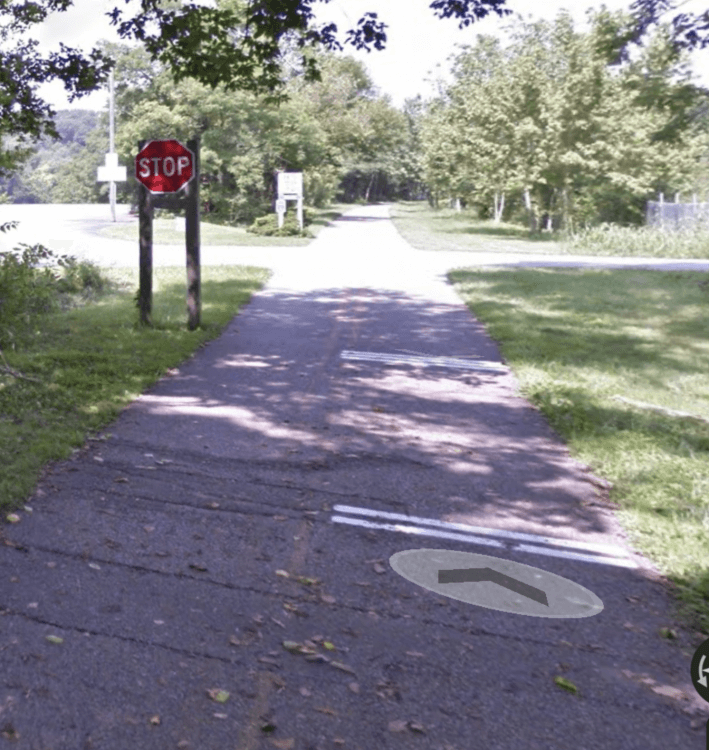
Note the placement of the sign, on the left, many feet ahead of the intersection, in the shade. And then there are multiple white stripes on the ground- a warning I suppose – When you get closer to road there’s some writing – STOP – stenciled on the ground.
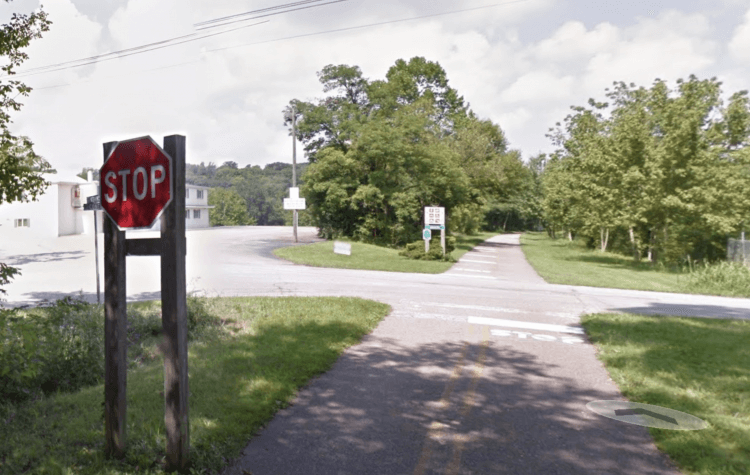
What is the legal meaning of this sign? I submit that it is a Legal ZERO.
What “Laws” apply to riding your bike on the Bike Trail? Not the Rules of the Road found in the Traffic Code- The Ohio Revised Code makes it clear that the rules of the road ONLY apply “… whenever a bicycle or electric bicycle is operated upon any highway or upon any path set aside for the exclusive use of bicycles…”
The Little Miami Trail is, like ALL Ohio trails, a MUP – a Multi-Use path for pedestrians, people on skateboards, people using rollerbladers, wheelchair users, pogo stick operators, joggers and horseback riders. It is NOT a “path set aside for the exclusive use of bicycles…”
So, the Rules of the Road do not apply – and because of that you cannot be “ticketed” by police for failing to stop at this stop sign. I would submit that the “Idaho Stop” at a sign like this is perfectly legal. I know Hamilton Township police LIKE TO THINK the “Stop Sign” laws apply, but I do not think they do… [Long time readers may recall that I had a lengthy discussion with a Hamilton Township officer a decade or so ago about this…]
Further, this one, and most Trail stop signs, doesn’t meet the MANUAL’s specs… The Manual is the MUTCD – The Manual on Uniform Traffic Control Devices – the Bible of traffic control in Ohio.
As to Stop Sign Placement the Manual says this:

This sign is NOT on the “right side” of this bike trail and is NOT “as close as practicable” to the road… Because this bike trail is not a roadway or highway there is no legal basis for ticketing someone who violates this sign…
So what rules DO apply… well, we go back to those pesky Pedestrian Rules…
Next – even if the pedestrian has successfully gotten off the curb and is IN the crosswalk the motorist has NO DUTY TO YIELD to the person in the crosswalk UNLESS that person is “UPON THE HALF OF THE ROADWAY UPON WHICH THE VEHICLE IS TRAVELING…”
So pedestrians only get the Right Of Way on their HALF of the road… Think about that… on a busy road with no light but where there is a CROSSWALK to “protect” you from 2 ton traffic, a person who wants to simply cross the street has to WAIT to ENTER the crosswalk… and then, once they’ve FINALLY successfully entered the 1st half of the crosswalk they are, I guess, supposed to go halfway across… at the halfway point the “enter the crosswalk” phase begins again… and they forfeit the Right of Way until they can successfully enter the 2nd half of the crosswalk…
What kind of lunacy is this?
But Wait… There’s more…

How DO you get off the curb and get “IN” the crosswalk in the first place? That’s where the Math Problem comes into play.
If you read the statute closely there’s a phrase used twice in the law – “so close” or approaching “so closely” – A motorist has to stop/yield to a pedestrian who is NOT on their half of the road IF the pedestrian is “approaching so closely” from the opposite as to “be in danger.”
In the (B) Section the phrase applies to pedestrians who are not “WITHIN” the intersection, so they are standing on the curb trying to cross…trying to get into the intersection… the law says OH, sure, you enter the crosswalk BUT… you may not “SUDDENLY” leave a curb or place of safety [the half way point as you’re crossing??] and walk/run into the “path” of of a vehicle which is “SO CLOSE AS TO CONSTITUTE AN IMMEDIATE HAZARD…”
and here’s where the math comes in…

Sometimes though math is funny [?!?] and works out in nice big fat round numbers.
You may recall from 3rd grade that there are 5,280 feet in a mile.
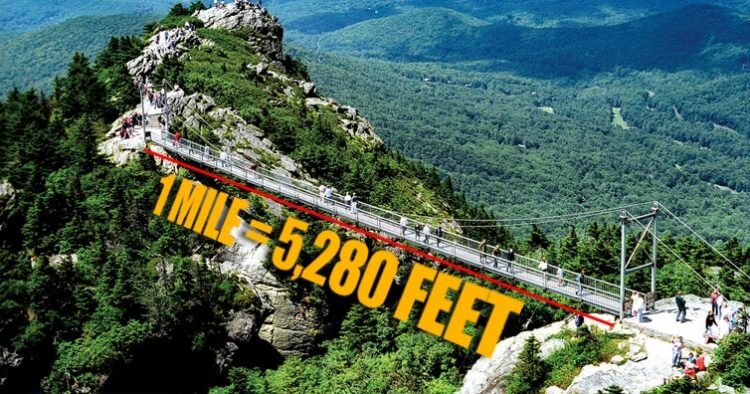
If you go 60 miles per hour, you are traveling at a speed of 1 mile every minute of the 60 minute hour. See… go 60 miles in 60 minutes and you are going “60 miles per hour”… Get it?
Sigh… if you’re shaking your head at THIS concept you may want to skip the next few paragraphs…

How many FEET are you traveling every minute if you are traveling 60 miles per hour? That’s an easy math question… if you’re going 60 mph you’re going 1 mile per minute, so you’re going 5,280 feet every minute…
Now… how many Feet are you traveling every SECOND?
Well, every 60 seconds you are traveling 5,280. So how many FEET are you traveling every SECOND? Dividing 5,280/60 we find that that number is … Ta Da…a Big Fat Round Even 88 feet per second.
So now you know that 60 mph = 88 feet/sec [fps]
OK, great Steve… but what does ANY of this have to do with THE LAW OF CROSSWALKS?
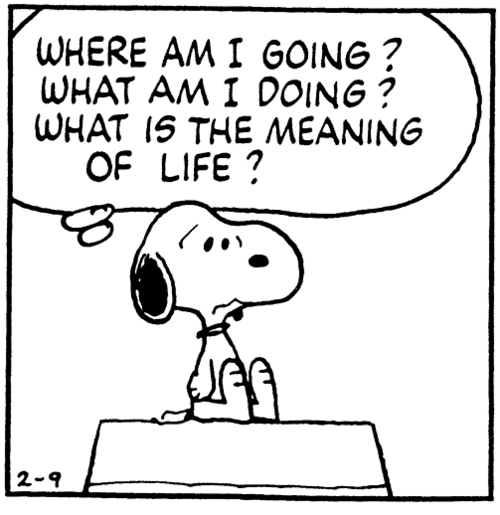
Well, crashes happen in seconds… speeds in crash reconstruction are typically looked at feet per second… if you know this “easy” formula you can remember 60 mph = 88 feet per second then you can drill down and figure out how many feet per second ANY mph speed converts to…
Yawn… go on…

So if 60 mph = 88 fps THEN
45 mph = 66 fps and
30 mph = 44 fps and
15 mph = 22 fps.
Why is that important?
Well, as you’re standing on the curb trying to figure out if it’s safe to enter the intersection you’ll need to know these things while “doing the Math” to figure out if crossing the street is safe… and legal… and to see if maybe you’ll have the Right of Way when you step off the curb…
If you’re thinking… Steve… That’s NUTS… then, as my favorite law professor used to say, “Congratulations, you don’t HAVE a problem you SEE a problem…”
OK, get ready… because here comes the actual MATH problem…
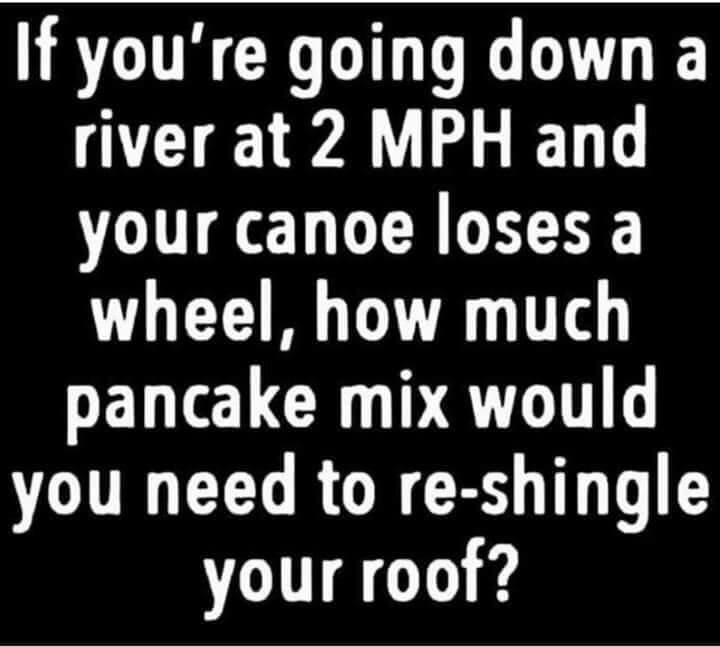
Not quite… but let’s assume you’re standing on the curb with a crosswalk in front of you… and a car is coming… you estimate the car is about 100 feet away and is approaching at 30 mph. Is if safe for you enter the crosswalk?

Are you “suddenly” leaving the place of safety to step into the path of an oncoming car at time when doing so creates an “immediate danger?”
Is 100 feet away “so close as to constitute an immediate hazard?”
At 30 mph that car is moving towards you at a speed of 44 fps… so in 2.27 seconds or so [100 divided 44] that car will be at the crosswalk.
So here comes the car – You’ve to decide – Should I STAY or Should I GO?
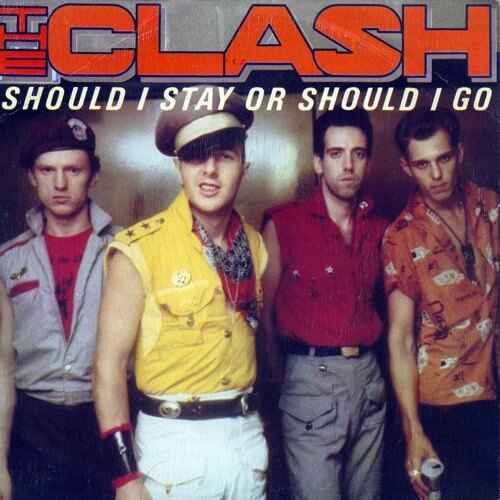
–> One One Thousand… Two One Thousand… BOOM
You’d better make the RIGHT decision…
Is that car “so close” that you will LOSE the Right of Way if you step off the curb into the crosswalk?
Is the car is “so close” that you are stepping into an immediately dangerous situation?
I honestly don’t know…
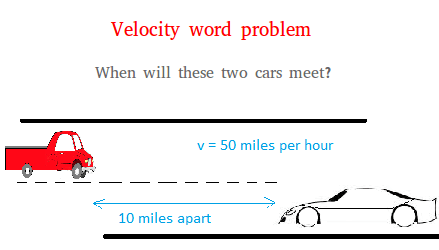
I can tell you the math… but I don’t know what is going on inside that car… Is the motorist even paying attention or is she/he staring down at a phone, putting on make up, reading a book, downloading a new game, fiddling with the Crashertainment System to see if he/she can book a reservation?
How wide is the lane? Are you trying to cross a narrow 11 foot lane on a 2 lane road or a 6 lane highway?
I mean, I’m a lawyer who has handled transportation cases – pedestrian cases -injury cases – death cases – negligence cases – bike cases – for almost 40 years… and I just don’t know.
Leaving the curb when the 30 mph car is 100 feet away from you… might be… OK, or it might not be… You MIGHT have the Right of Way and enter the crosswalk legally… or you might not… You might cross safely or you might get smashed by the car – Maybe, if you’re lucky, the motorist will be aware of your presence on the curb before you even start to move and might start decelerating in preparation of your movement into the crosswalk… or maybe the motorist has no idea that you’re waiting to enter the crosswalk…
100 feet seems like a long ways off… but at 44 feet per second, that car closes quickly at 30 mph – 2.27 seconds as note above … However, at 45 mph that car which is 100 feet away is coming at you at 66 feet per second & is on you much quicker – in just 1.5 seconds… So you had darn well better be RIGHT about your casual assessment of that car’s speed…
I was also a Math major and graduated cum laude with a degree in Mathematics…and I don’t know if stepping into that crosswalk when a 30 mile per hour car is 100 feet away is legal or not – I don’t know if you’ll have the Right of Way or not… The Crosswalk Law creates a Math Problem with too many unknown variables for YOU, the pedestrian who just wants to cross the road safely – there are too many missing variables for you to figure out the “Right” answer on the fly…
I have handled a lot of complex car/bike/pedestrian crashes. I’ve gotten to work with, and cross examine, some of the top crash reconstruction experts in the country… and I don’t know if entering that crosswalk is OK or not…
[And don’t even get me started on the Math involved if the car coming towards you is accelerating… the Net Change Theorem is involved… it’s not pretty…]
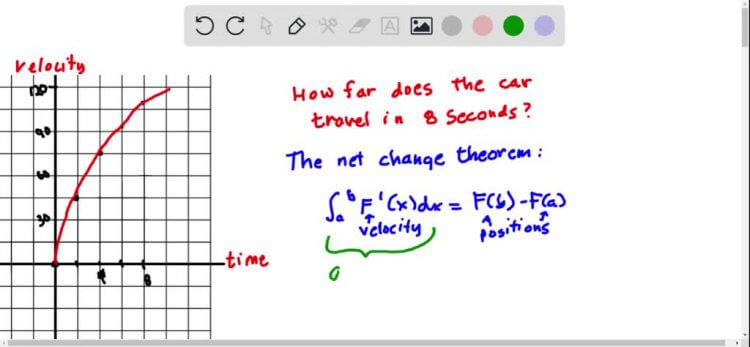
Here’s The Point
–->A Law passed by the Legislature should NOT be this confusing. It should clearly lay out the rules so you KNOW when you have the right of way and when you don’t.
Why is it so difficult to apply the Crosswalk statute to a very common, easy, basic set of facts?
For one thing, the words chosen by the legislature are simply not defined… Not only undefined, but broad…
What does “immediate” mean? What “so close” mean?
These are mushy terms – imprecise – ambiguous – dangerous…
Under the law governing passing vehicles – prior to the 3 foot law – pretty much any “pass” that didn’t result in bloodshed was “legal” and “safe” no matter how close the car car to your elbow… now, we have definite measure built in – a 3 foot yardstick – if the car comes within 3 feet of you while passing it is TOO CLOSE and presumed to be dangerous & illegal…not so much in this pedestrian law… the words used are… mushy… and ambiguous…
Adding to the confusion are, well, some biomechanics/physics issues… and… yea… more math…

A crash reconstruction expert will testify under oath that “Perception/Reaction” time is important when analyzing crashes. This P/R time is the time the human brain needs to process data and react to it. An expert will testify that the typical human requires 1.5-2.0 seconds of time to process something new and then react to it.
So as something happens in front of a motorist the motorist “sees” it-and the brain starts thinking about it – and processing it – and then there’s the “OH $%^#” Moment and the Brain tells the foot to slam on the brake… during the 1.5-2.0 seconds it takes that to happen the car just keeps rolling along towards the danger.
Now that you understand FPS, Feet Per Second, you too can do the math…
But Wait… there’s MORE math…
What is the Braking Distance of a car traveling towards me at 30 mph? I mean, sure the driver needs 1.5-2.0 seconds of time to SEE me, PERCEIVE me, and REACT to me… but that “reaction” is simply the foot shoving the brake pedal down… the 2 tons of steel riding on rubber still needs to actually STOP before clobbering me…
What is the total stopping distance?
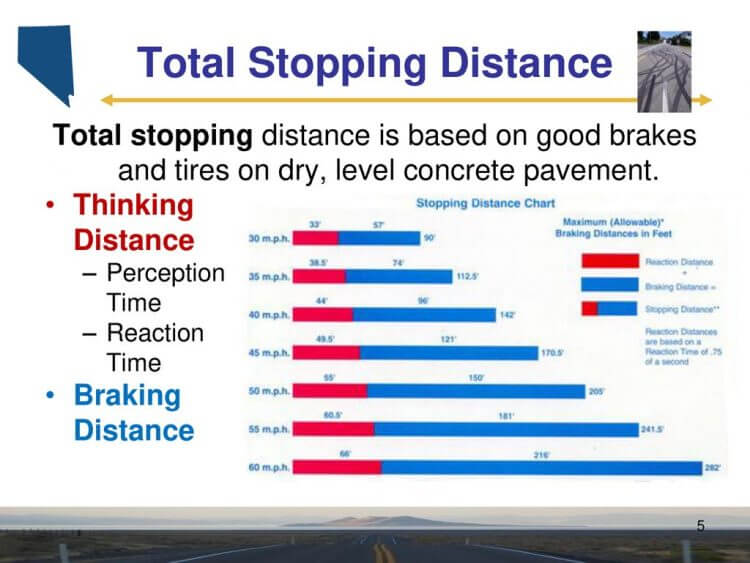
So now, as I stand on the curb I have a new element to consider… Maybe a car coming at me at 30 mph, which is 100 feet or 2.5 seconds away, doesn’t seem like an “immediate” danger… but if you step out into the crosswalk and it takes the motorist 1.5-2.0 seconds to See/Perceive/React to you then that 2 ton car will be 0.5 seconds away before the driver can physically even start to engage the brake…
So what does an “immediate” hazard mean? To ME, I would argue that a car coming at you which is 2.5 seconds away is NOT an immediate hazard… that the motorist should SEE you on the curb, at the crosswalk, and be PREPARED for you to enter… but that’s not really the law… and … the opposing crash reconstruction expert will opine that there was virtually no physical way a motorist could stop in time if you step in front of a car that is 100 feet away and coming at you at 30 mph due to the Perception/Reaction/Stopping time needed to make that happen…
Like I said… yea… this is why folks hate math
and this is why I REALLY dislike Ohio’s Pedestrian laws…
But Wait… we were talking about Bike Trail/ Road Crossings right?

They certainly LOOK very … crosswalk-y. But if a cyclist is hit IN THE CROSSWALK the cyclist is almost always blamed for the crash… for “blowing” the stop sign on the bike trail… despite the presence, typically, of bright yellow diamond signs warning motorists of the bike trail and crosswalk… Police NEVER analyze these crashes as they would if the cyclist was on foot…
[which brings up another issue…the ORC Statutory definition of “pedestrian” is “a person afoot” – so are Bicycle Operators even covered by that definition? Short answer from the case law is… Ta Da… MAYBE…]
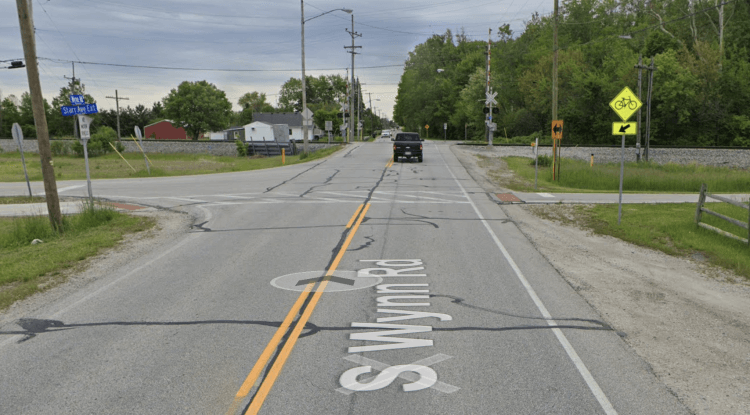
I have a couple cases now in which we are pushing this “crosswalk” theory … however, most insurers simply read the police report, which blames the cyclist, and deny the claim. We are likely going to litigate this issue at some point with the right case… the right set of facts…
Before that though I think we need, as an advocacy community, to have Cyclists & Pedestrians unite on the issue of rewriting the Pedestrian laws so math is taken out of the equation…

SO bottom line… Bike Trail Crossings are TRICKY… from the legal perspective, the analysis is not as simple as it may seem from a quick glance at a lousy police report… you need to dig into the facts deeply to see if a good argument can be made that the cyclist actually had the Right of Way under PEDESTRIAN/CROSSWALK laws …
From the Advocacy perspective, we need to work on changing these goofy laws and improving road/trail intersections… developing better rules to PROTECT the most vulnerable road users instead of emphasizing SPEED and moving cars around as quickly as possible…
Stay tuned for more!!
© 2024.
Thank you for your bicycling advocacy.
I’ve read your blog on multi-purpose trails and now on crosswalks.
I was on a group ride one day when we encountered a police officer at a street crossing from the trail we were on. Traffic was not slowing and the officer was asked what the status of bicycles crossing at trail crossings. His reply was that under Ohio law a bicycle is a vehicle and must act as a vehicle when crossing the roadway.
So…
What is your opinion as to how Ohio law applies to bicycles from a multi-use crossing a roadway applies?
Raymund Durkee
We have been trying to get the uniform vehicle code adopted in Ohio that cyclists have the same rights and responsibilities as a pedestrian in a crosswalk. This would allow us to pedal across crosswalks on MUPs and where sidewalk cycling is permitted. Last legislative session we even had a bill requiring motorists to yield to pedestrians WAITING at a crosswalk. We need to keep pushing for these changes in Ohio!
The officer is wrong. The “vehicle” designation applies to bicycles operated on the roadway. The Rules of the Road apply when a bicycle is operated on the roadway, but not if you are riding on a trail or sidewalk or single track or anyplace OTHER than the roadway. Ohio Law relative CROSSWALKS should apply when a cyclist moves across a roadway from a trail/road intersection.